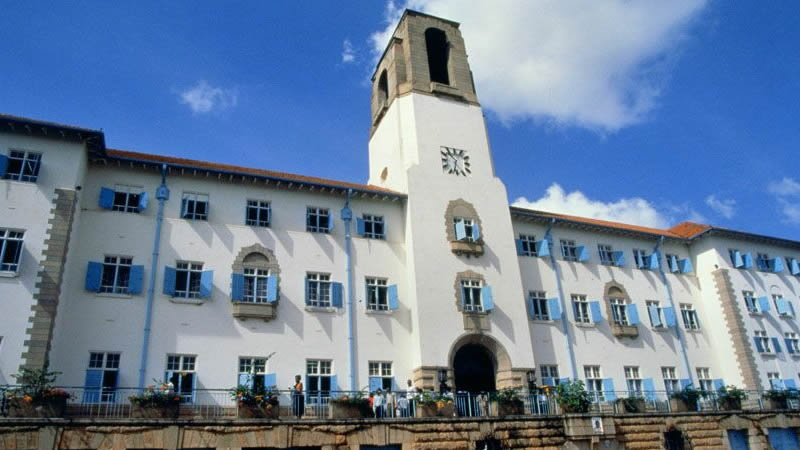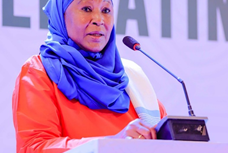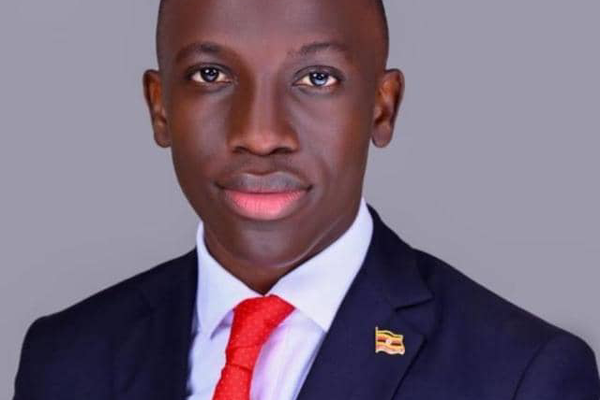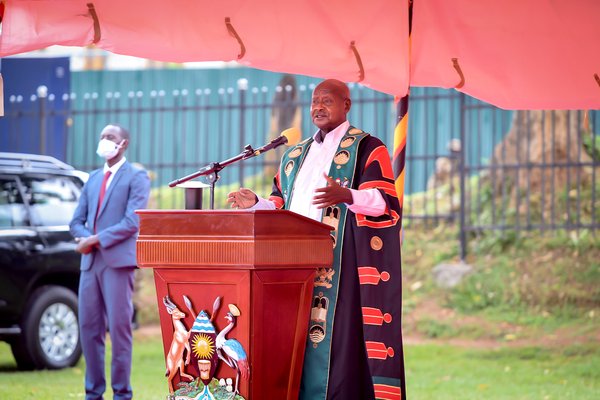BY JILL AINEBYOONA
The Nswa people, also known as the Batwa of Semliki forests in western Uganda are among the few surviving indigenous communities in the country, whose language, culture and history are on the verge of extinction, due to their diminishing number. They were evicted from the forests by the government in 1991 and settled in camps in Bundibugyo District.
Inspired to document information about them, and in a bid to preserve their culture, Dr. Saudah Namyalo, a professor of linguistics at the School of Languages, Literature and Communication drafted a proposal to the Endangered Languages Documentation Program, in which she sought to document linguistic repertoires, cultures and history of the Nswa people. She was given a grant of €250,000 (approx Shs1 billion) to fund her work.
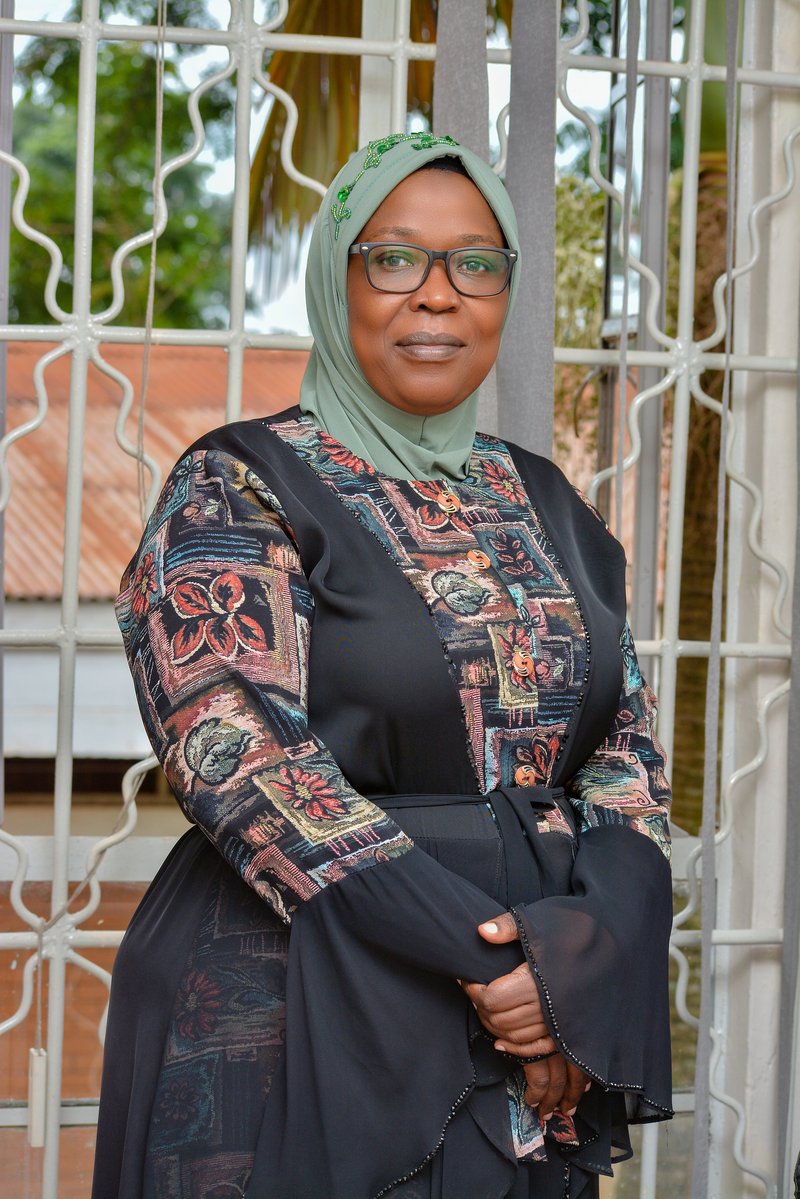
Prof. Saudah Namyalo
In her interview, Dr. Namyalo who also doubles as the Dean for School of Languages, Literature and Communication (SLLC) said this project is a big win for her, the university and the country, since it is the earliest opportune moment to fight and save the language of the Nswa people from extinction.
“We are excited that we are going to be the first to document the Nswa language. We need it for purposes of preserving their culture from getting extinct,” she says. She adds that this will also help the Nswa people to reorganise themselves, speak, read and write in their language, which will give them an identity, thus preserving their culture and history.
According to Dr Namyalo, while people address the Nswa as Batwa, a generic name for the pygmies in Africa, this small community called the Nswa in Uganda came from Congo forests due to wars, and settled in Semliki forest.
Dr. Namyalo said she chose to document the language of the Nswa people amongst other communities because of their diminishing number (about 100) as they are marginalized by the neighbouring communities due to their stature (short, and a different look), and that their language is not documented at all, since there is none amongst them who can read and write it.
“It is sad that these people are now about 100 living in two settlement camps in Bundibugyo, following their dismissal from Semliki forests which defined their lifestyle, but this project will bring them together as a community,” she adds.
The application for the grant was not easy to do. It was highly competitive, since funders support very few projects per cycle. “I partnered with Dr Alena Witzlack from the Hebrews University of Jerusalem in Israel, went to this community which accepted our idea, then wrote a proposal from August to October, but we got surprised by the funders’ immediate response in February, yet we expected it in June,” she says.
The team expects to start work in June, with four senior researchers and three PhD students, who will be facilitated throughout the three years the project will take.
When asked how the project will be executed, Dr. Namyalo says they will benchmark two neighbouring communities, the Bamba and Talinga-Bwisi communities, since chances are high that they speak a related language.
What they hope to achieve
The trained scholars will study and document the endangered culture of the Nswa, their history, write their dramas, as well as come up with community dictionaries.
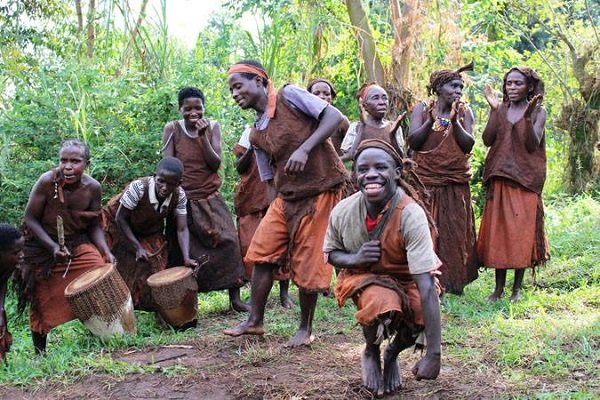
The Nswa people
“As linguists, we fight to save as many languages as possible, and one way of saving the language is documenting it, then it becomes both an oral and written language,” Dr. Namyalo states..
She adds that the PhD scholars will publish articles from the findings, and a book will also be published about the Nswa language, so as to create a reference of what their culture is like. That will also be helpful to the future generations, she believes.
Dr. Namyalo is hopeful that the project will train young researchers in language documentation and description, which will build the country’s capacity, since there is a shortage, yet there are other cultures that are becoming extinct.
This is not the first time Dr. Namyalo has worked to document languages. She prides herself in helping preserve other endangered languages like Luruuli and Lunyala, where oral literature of the languages was documented, and a dictionary was compiled. The dictionary which is used in schools and churches has made the language speakers proud.
Challenges expected
Dr. Namyalo says it will be difficult for them to work on a language that none of them speak, and work in a community where the majority can’t read and write the same language. This will call for intense training.
“None of us on the team speaks the language, but we shall find a way of understanding it and also write it down,” she says.
She adds that they need to go back to Semliki forests where the Nswa people lived to get an idea of what life was like before eviction, but the forests are far away from Kampala. This will require them to go and stay in the area for some time.
Dr. Namyalo also shares that the disbursement of project funds by Makerere University, might not come on time and may affect timely completion of the project, but she is hopeful that this will not happen..
She implores the government to prioritise promotion of science and technology using native languages, instead of focusing on English which makes many learners hate the disciplines.
“The published information on science and technology should be translated into languages that the people are familiar with, which eases conceptualisation of what is taught to them, as it has happened in developed countries like China, Japan, Norway, and others,” she states.
Dr. Saudah Namyalo looks forward to seeing people enjoy their linguistic rights. It is the motive behind her efforts of preserving endangered languages.
Related News
![]() Please join hands with the Makerere University Endowment Fund as it works towards attracting & retaining the best faculty, providing scholarships, and investing in cutting-edge research and technology.
Please join hands with the Makerere University Endowment Fund as it works towards attracting & retaining the best faculty, providing scholarships, and investing in cutting-edge research and technology.
